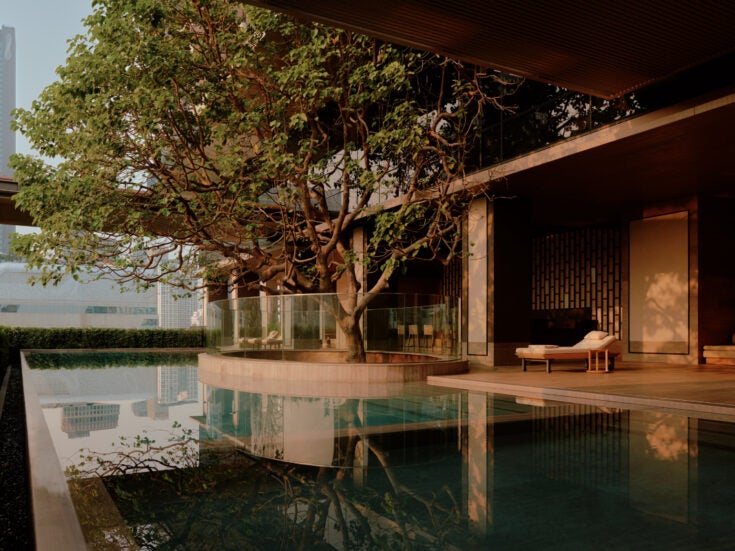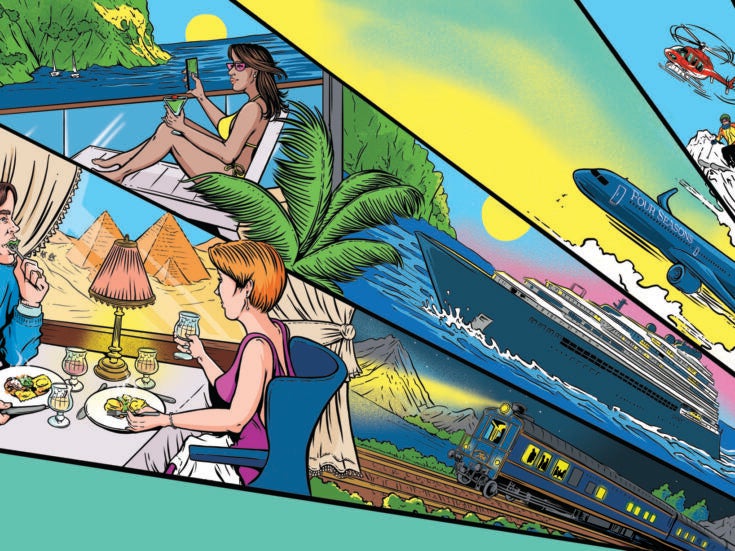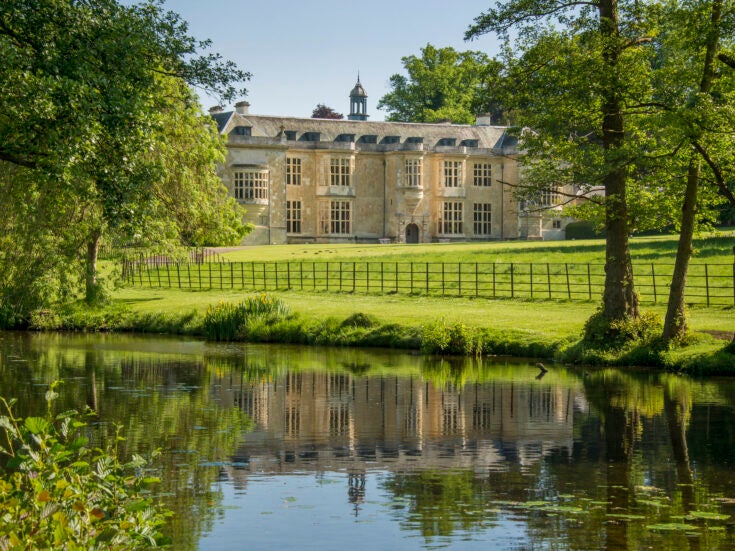A tree painted by the master has been uncovered in Milan, and Clive Aslet got to peep at its leaves
Have you seen the new Leonardo yet? I doubt it. It hasn’t been unveiled to the public, and I was one of the world’s first journalists to climb on to the conservator’s scaffold and poke my nose at genius. It’s in the Castello Sforzesco in Milan. Reader, I have to tell you that it depicts a tree root.
But what a root. It strangles and overturns the stones of a terrace. From the root, which winds around the bottom of the room, it ascends tree trunks, whose leaves entirely cover the vault. I can’t pretend that the scheme is Leonardo’s greatest masterpiece, more a reminder that, as well as altarpieces and Last Suppers, the artist would lend his gifts to the service of his Sforza patrons in whatever way they wished — building canals, party planning, interior decoration.
The idea of the root was that buildings perish, but families, represented by the tree trunks and leaves, flourish through the generations. (Though it wasn’t so good for the nephew who was murdered to make way for Ludovico Sforza, Leonardo’s patron.)
You might not think of Milan as a city of art. It doesn’t wear its jewels on its sleeve like Florence, Rome or Naples. Externally it likes to be reticent. In 1943, the outskirts were bombed to smithereens, although fortunately the centre was left. Leonardo’s Last Supper, now restored as well as it can be, given Leonardo’s unfortunate technique, nearly went; other walls of the monastic dining hall collapsed.
After the war, business-minded Milan cared more about making money than preserving old buildings. Yet if you know where to look there are many left. In fact it’s bursting with things to enjoy, before you even begin on the shopping. Go for the weekend. It’s only a short flight from London, and unlike other artistic destinations you’ll have the place to yourself. Once the working week is over, the Milanese don’t stay.
Considering how much it has been knocked about over the centuries, the survival of buildings such as the Basilica of Sant’Ambrogio is a miracle of civilisation. The 4th-century St Ambrose is much seen in these parts, since he’s the patron saint of the city. He is shown with a scourge: inclusiveness as regards pagans and Jews was not among his virtues. Incredibly, the Basilica that takes his name dates from shortly after his death.
As bishop, St Ambrose had his seat in the Duomo, now a vast late-Gothic space whose columns, ringed with statues, disappear into a vault that is so far overhead its details can barely be seen. Outside, you can walk amid the forest of crockets on the skyline, not finished until the 19th century. They hold open-air concerts on the roof.
The Renaissance didn’t mark Milan as indelibly as it did Rome, but there is one church that even visitors who don’t ordinarily like churches should see: Santa Maria presso San Satiro. Saint Satyrus was St Ambrose’s brother; a little church, still extant, was built to him in the 9th century.
On to it was tacked a church by Bramante in 1472-82. The site left no space for a choir, so Bramante created the greatest piece of architectural illusionism I’ve ever seen. It’s only when you get close and see it from the side that you realise that the choir, which appears to recede in a series of arches, is only three feet deep.
Later, industrially prosperous Milan was a centre of Liberty Style, Italy’s answer to Art Nouveau. You will also find plenty of works of the pared-down Classicism erected by the Fascist regime, such as an arengario from which Mussolini could arringare (harangue) the populace in the Duomo square. It isn’t this side of the square, though, that attracts most interest from the discriminating visitor: opposite it is the entrance to the Galleria Vittorio Emanuele II, one of the most elegant shopping spaces in Europe.
But that’s getting perilously close to the realm of fashion. There was no time for it in the schedule prepared by my guide, James McDonaugh of Art Tours Ltd, but since his services are bespoke, there could have been.
Everything that you’d want to see is a stroll from the Baglioni Hotel. And as for property, this could be a good time to buy. In Rome, prices haven’t fallen very far from their pre-crisis peak: Roman families don’t like to sell. They’ve had centuries of battening down the hatches and getting by. Prices in dynamic Milan are down by 25 per cent — but there is the prospect of demand from the 20 million people expected to visit Expo 2015, opening in the spring. That when Leonardo’s Sala delle Asse will be unveiled — and I can’t wait.






